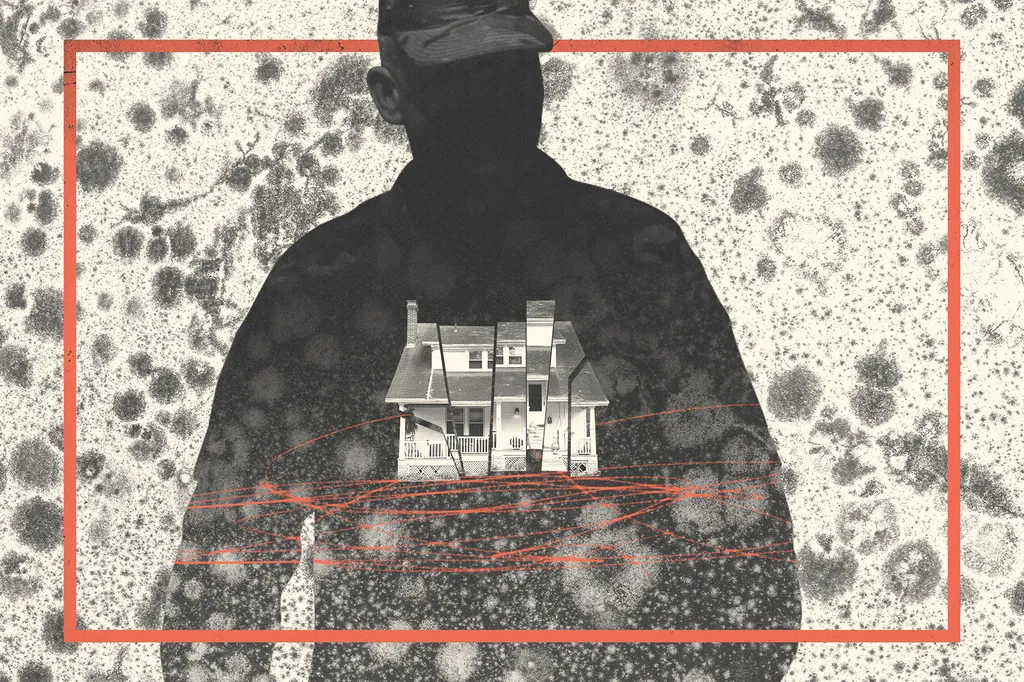In the frost-kissed expanse of Alaska, where homes are more than just shelters but lifelines against the biting cold, a silent intruder may be lurking—mold. A recent study, led by Cassandra Conrad from the Department of Civil and Environmental Engineering at Michigan State University, has shed light on the prevalence of mold in homes in very cold climates, with significant implications for the energy sector and public health.
Conrad and her team conducted an in-depth analysis of 72 households in two rural coastal Alaskan communities. Their findings, published in the journal Indoor Environments (translated to English as “Indoor Environments”), revealed that 39% of homes tested had airborne mold, while a staggering 67% had mold on at least one surface. The study not only quantified the concentration of mold but also delved into the building characteristics that correlate with its presence.
“Our research highlights that older homes, those with higher occupancy, and homes without Heat Recovery Ventilators (HRVs) are more likely to have higher concentrations of surface mold,” Conrad explained. The study also found that humidity levels and the location of samples—particularly from windows—played a significant role in mold prevalence.
The implications for the energy sector are profound. As the push for energy efficiency grows, the installation of HRVs and other ventilation systems could become a critical component in new construction and retrofitting projects. “Proper ventilation is not just about energy efficiency; it’s about creating healthier living environments,” Conrad emphasized.
The study also noted variations in mold concentrations between the two communities, suggesting that local factors such as building materials, construction practices, and climate nuances can significantly impact indoor air quality. This finding underscores the need for tailored solutions that consider the unique challenges of each region.
For the energy sector, the research points to a growing market for advanced ventilation technologies and moisture control systems. As awareness of indoor air quality issues grows, so too will the demand for innovative solutions that can mitigate mold growth while maintaining energy efficiency.
“This study is a wake-up call for the construction and energy industries,” said Conrad. “It’s not just about building homes that can withstand the cold; it’s about ensuring they are healthy spaces for the people who live in them.”
The findings also have broader implications for public health, particularly for vulnerable populations such as children, who are more susceptible to mold-induced respiratory infections and conditions. By addressing the root causes of mold growth, communities in very cold climates can take significant steps toward improving overall health and well-being.
As the energy sector continues to evolve, the integration of health-focused design principles into building practices could become a key differentiator. The study by Conrad and her team serves as a crucial stepping stone in this direction, providing valuable insights that could shape future developments in the field.
In the battle against the cold, the fight against mold is equally critical. The research not only highlights the prevalence of mold in Alaskan homes but also offers a roadmap for creating healthier, more sustainable living spaces. As the energy sector adapts to these findings, the potential for innovation and improvement is immense, promising a future where homes are not just warm but also safe and healthy.

